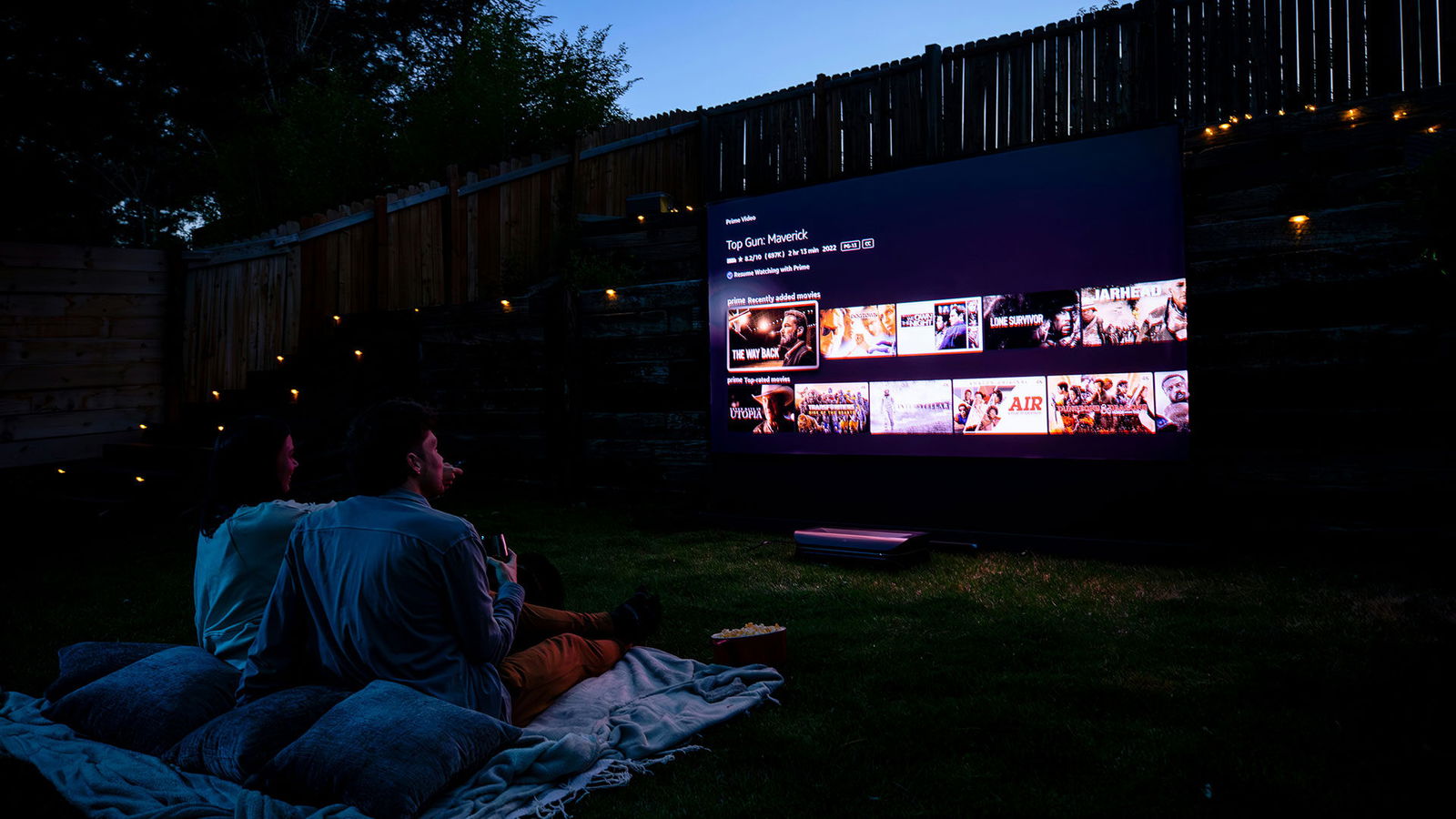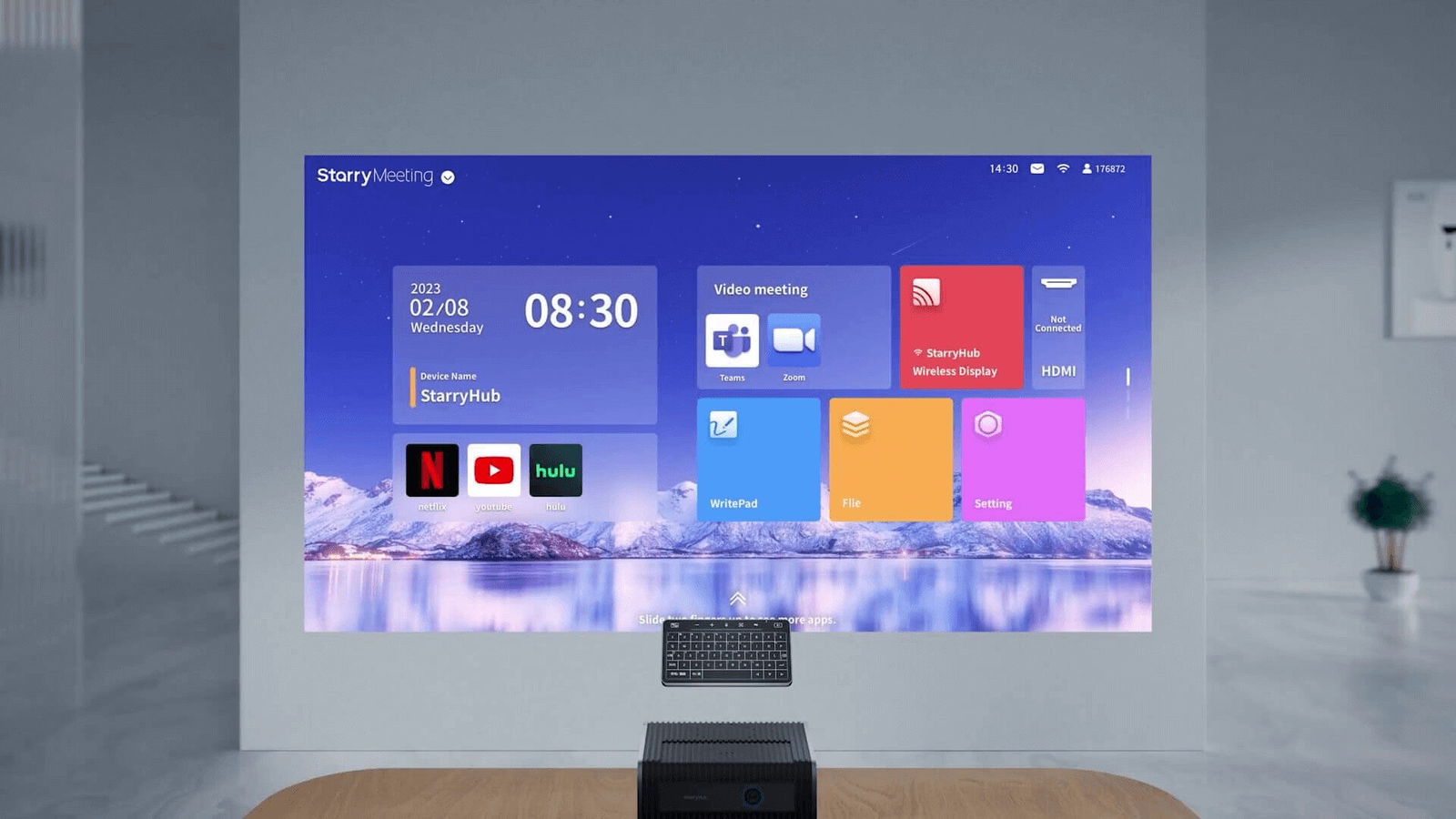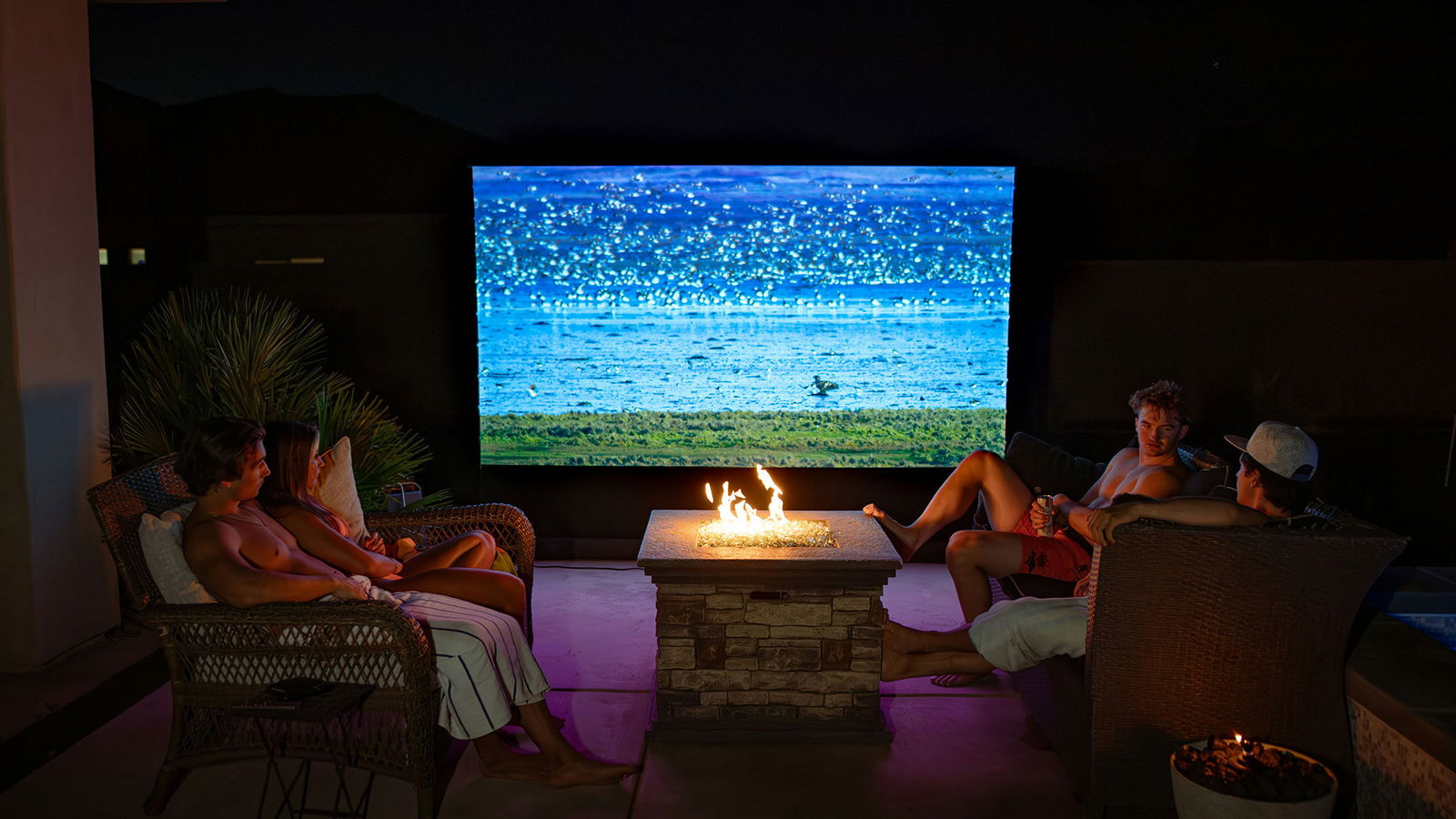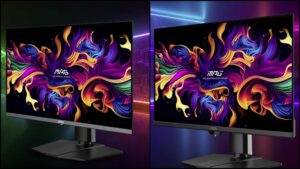Projectors have become very popular in the last few years. People use them at home to watch movies, play games, or enjoy family nights. Many schools and offices also use projectors for lessons and meetings. Because there are many choices in 2025, it can feel hard to know which one is right for you. This guide shares the key things you should think about before buying a projector. Some modern tech brands, such as CZUR, offer smart office tools and show how quickly home and work devices are improving today
Brightness
Brightness is one of the most important things to look at when choosing a projector. Projector brightness is measured in “lumens.” The higher the lumens, the brighter the image will be. If you plan to use your projector in a bright room with lots of windows or lights, you will need more brightness to see the picture clearly. But if you are going to use it in a dark room, like a basement or a bedroom at night, a lower-brightness projector can still work well. Thinking about your room lighting will help you choose the right level of brightness.
Resolution

Resolution tells you how clear and sharp the picture will be. You may see terms like 720p, 1080p, and 4K. A 720p projector can show a basic image, but a 1080p projector shows a clearer picture. A 4K projector offers the highest level of detail and looks great for movies, sports, and gaming. In 2025, many projectors offer 1080p or 4K, so it is easier to find good quality without spending too much.
Throw Distance and Room Size
Throw distance is the space between the projector and the screen. Some projectors need to be far from the wall to make a big picture, while others can sit very close. This is called a short-throw or ultra-short-throw projector. Before you buy a projector, think about the size of your room. If your room is small, a short-throw projector might be the best option. If you have a larger room, you will have more choices for placement. Knowing the throw distance helps you plan where the projector will sit.
Portability and Size
Some projectors are designed to stay in one spot, like a home theatre. Others are small and light, which makes them easy to carry. Portable projectors are useful for travel, classroom use, outdoor movie nights, or moving around between rooms. If you want something simple and flexible, a smaller projector can be a good pick.

Connection Options
It is important to check what kinds of connections the projector has. Many projectors use HDMI ports, which work with most laptops, game consoles, and streaming devices. Some models offer USB ports, Bluetooth, or Wi-Fi, which makes it easier to connect phones or tablets. Before buying, think about what devices you will use and make sure the projector supports them.
Lamp Life and Maintenance
Projectors use lamps or light sources to create the image. Lamp life tells you how long the lamp will last before it needs to be replaced. A longer lamp life means you save money over time because you do not have to change it often. Many modern projectors use LED or laser lights, which last much longer and need little maintenance.
Sound Quality

Some projectors have built-in speakers, but they are not always loud enough for bigger rooms. If you want to enjoy movies, games, or presentations with better sound, you may want to use external speakers. Good audio can make a big difference in your experience.
Budget
Projectors come in many price ranges. You do not always have to choose the most expensive one. The best projector for you depends on your room, your needs, and how often you plan to use it. Setting a budget before shopping can help you stay on track.
Conclusion
Buying a projector in 2025 is easier when you know what to look for. Brightness, resolution, room size, sound, and lamp life all play an important role. By thinking about these key points, you can choose a projector that fits your lifestyle and gives you a great viewing experience.



